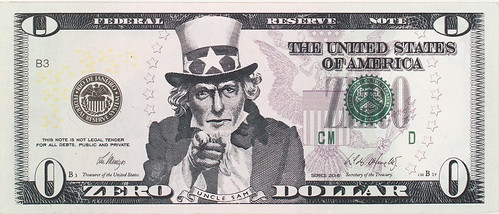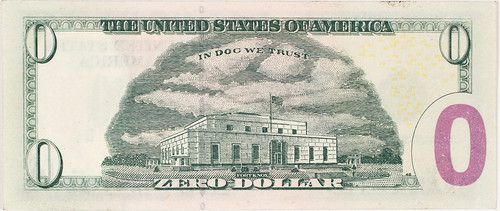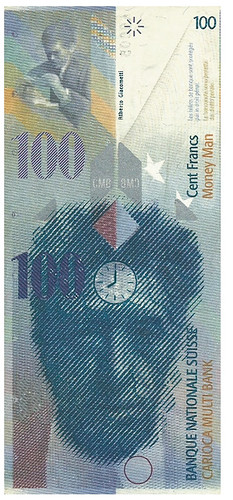
PREV ARTICLE
NEXT ARTICLE
FULL ISSUE
PREV FULL ISSUE
MASTER INTAGLIO ENGRAVER J. BOSCO RENAUDThis article interviews banknote engraver J. Bosco Renaud. Found via News & Notes from the Society of Paper Money Collectors (Volume V, Number 49, May 26, 2020). -Editor
Always sporting a ponytail and enveloping his remarks with cryptic irony, this fast thinker is one of a handful of professionals who masterfully carry out the old art of engraving that appeared in fifteenth century Germany with Albrecht Dürer and soon evolved to money bills and security-sensitive documents to halt counterfeiting through a complex craftsmanship made of precise hair-fine lines incised in a metal plate. Intaglio engraving is a complex but subtle combination of wit to protect the security documents from fraud, and beauty to awe those handling it. Above all, this Brazilian master's unique expertise and workmanship is responsible for mint-quality intaglio and watermarks of hundreds of paper money series for several countries, including the U.S. dollar bill. You excel in every aspect of security documents, including intaglio engraving, which you had the chance to learn from the world's greatest masters. What exactly is intaglio? Intaglio printing is an engraving technique where the lines to be printed are cut into a copper or special steelplate with a cutting tool called a burin. Intaglio engraving is used for paper or plastic currency, banknotes, passports and high-value postage stamps. How did you begin in intaglio engraving? I learned the technique at the Casa da Moeda do Brasil (CMB, the Brazilian Mint) in Rio de Janeiro, where I was admitted at age sixteen when I won the first place in the civil service exams. For six month steady I was an apprentice learning everything about the tools to create smooth lines with both strength and control, later I found out that the tools become extensions of your hands and fingers much like Edward Scissorhands. It was my familiarity with the techniques that opened the doors that took me to the European masters. Who were your European masters? My first master was Polish-born postage stamp and banknote engraver Czeslaw Slania, I met him while I was at the Brazilian Mint. He was the most notable engraver of the twentieth century, responsible for over a thousand stamps and hundreds of banknotes for several countries, including Brazil. During World War II, Slania was in the Polish resistance where he forged documents to help his people flee the Nazi invasion, after the war he moved to Sweden and became Sweden's Royal Court and Post-Office Engraver, the highest post an engraver can achieve. When did you work on the dollar bill? In 1990 Italian wax engraver Luigi Casoni invited me to the watermark division at the headquarters Crane Co. & Inc. in Dalton, Massachusetts, the U.S.'s main company of currency paper, where I developed portrait drawings for the watermark of the American dollar bill with my sister Maria Renaud, a graphic designer, draughtsman and portrait artist who lives in Houston. At Crane I also developed watermarks for the Mexican passport, the 100 Mexican pesos note, and for countries like Colombia, Thailand, etc. It was an extraordinary two-year experience. While I was there I taught the process to American-born wax engraver Tom Gardner. Back in Brazil, I introduced a special wax-marked paper that was used in the national voter registration until it was digitalized in 2019. 

You have developed several projects with conceptual artists, among them Cildo Meireles. I have collaborated with Cildo Meireles in several projects. I developed the engraving offset of the original Zero Dollar in 1984 which was later intaglio-printed in 2019, and the Zero Real paper money series in 2017, all of them using mint-quality intaglio and watermarks. For Cildo I also worked on the version on intaglio engraving of his "Babel" (2001) installation, which belongs to the Tate Modern. I'd never seen the zero dollar note before. -Editor To read the complete article, see: THE BOOK BAZARREWayne Homren, Editor The Numismatic Bibliomania Society is a non-profit organization promoting numismatic literature. See our web site at coinbooks.org. To submit items for publication in The E-Sylum, write to the Editor at this address: whomren@gmail.com To subscribe go to: https://my.binhost.com/lists/listinfo/esylum All Rights Reserved. NBS Home Page Contact the NBS webmaster 
|
